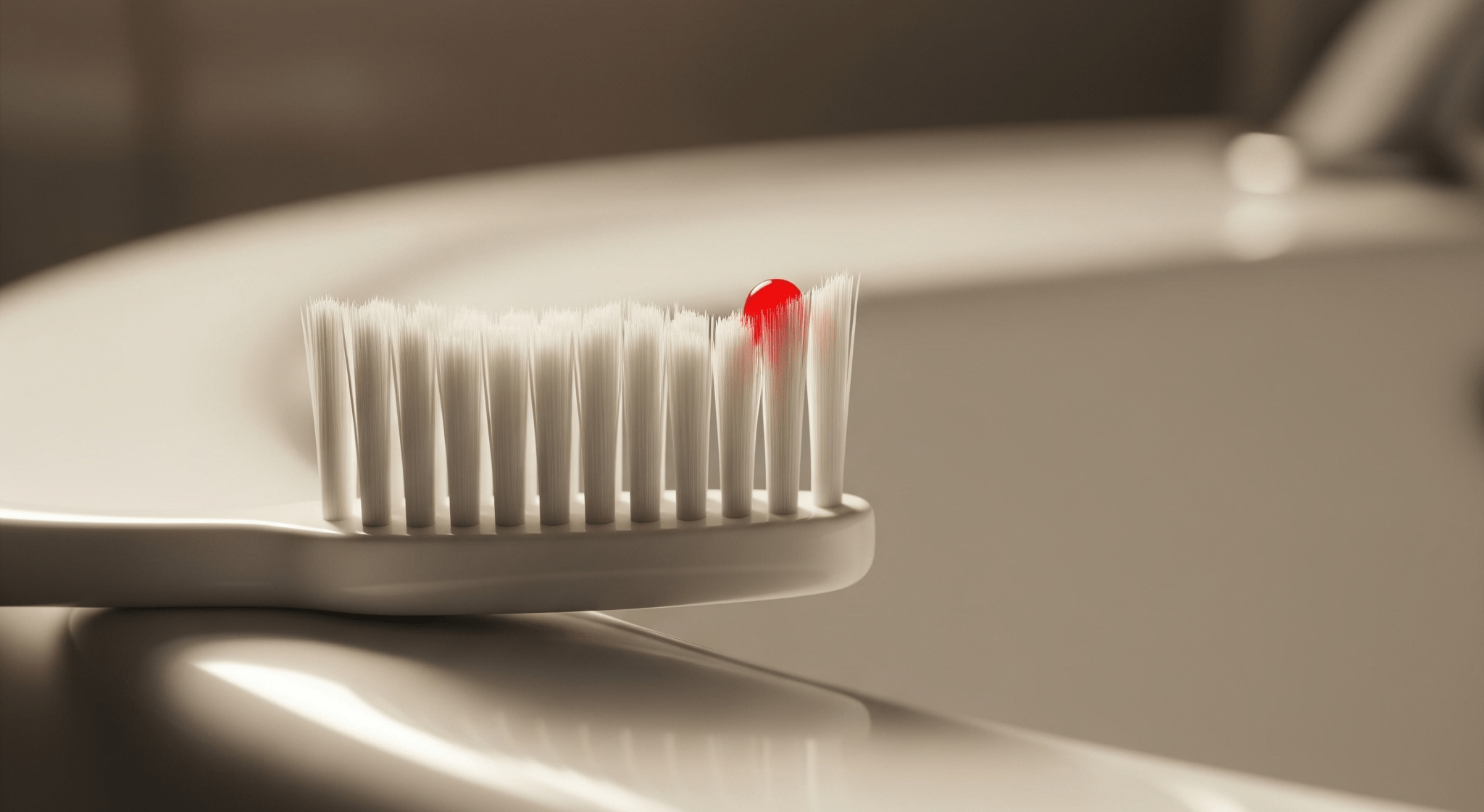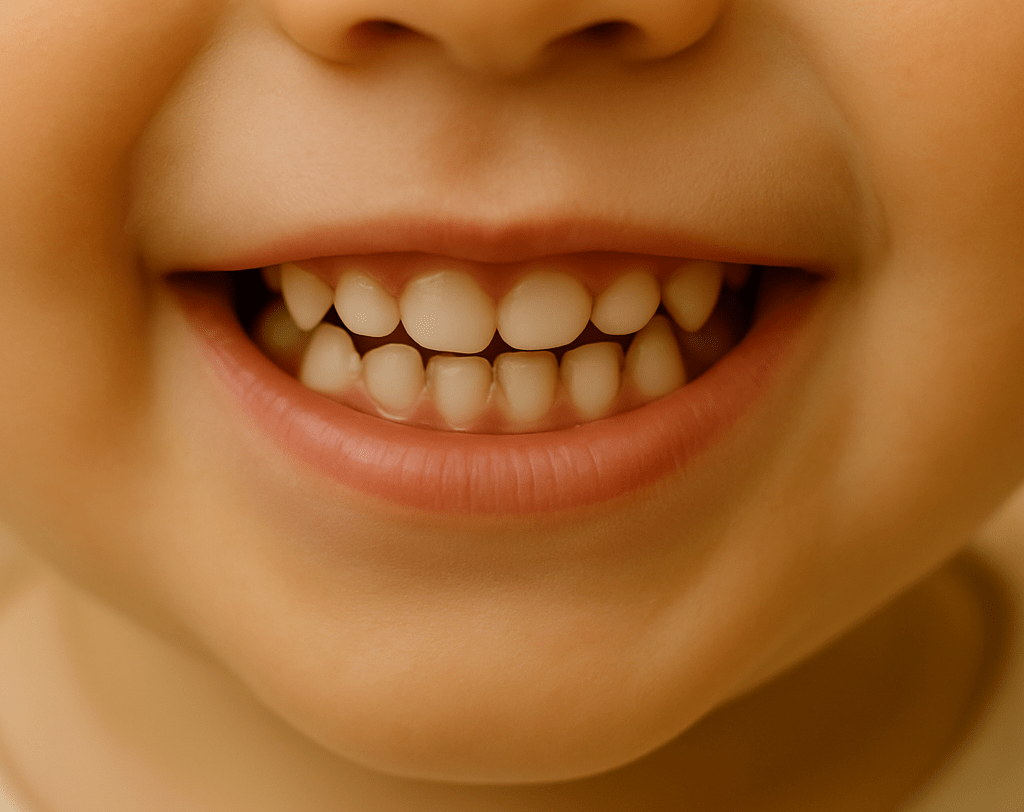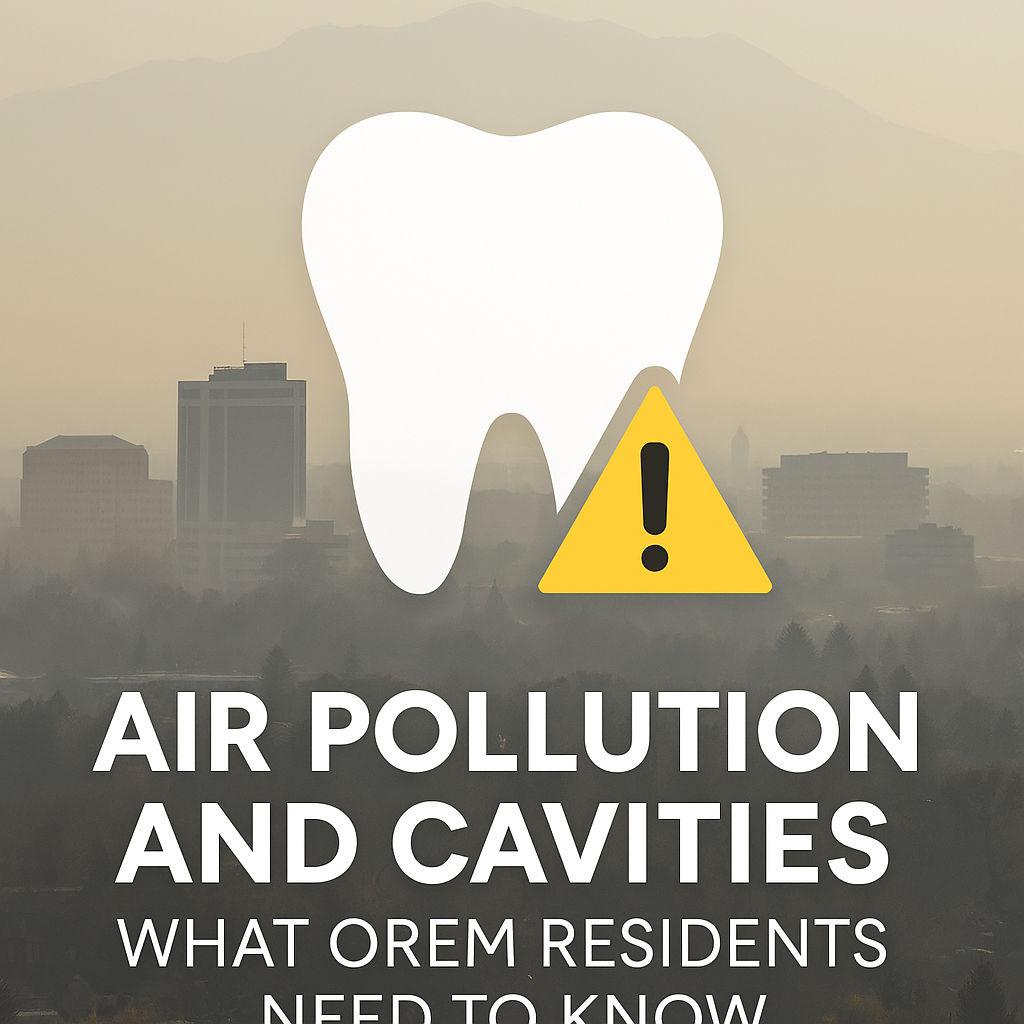
If you follow any kind of social media, you’ve likely seen a publication spread in the last two days debunking the benefits of flossing. I’ve even received texts from family members and friends calling me a fraud (jokingly, I hope) for advocating the practice. I know this new information sounds attractive; anything that removes the guilt you feel every six months as you visit your hygienist and takes away a daily task you hate doing will gain some momentum in social media. Please don’t be too quick to trash your floss though; in the words of college football darling Lee Corso, “Not so fast, my friend!”
I am a practicing dentist who greatly emphasizes prevention to my patients. What follows are a few thoughts that I have had as I have read the article several times and examined some of its source material. http://www.ksl.com/?sid=40903261&nid=1010
- The article’s main point is that there are relatively few good studies out there which show any cavity reduction results from flossing. It’s actually right about this! It feels like I’ve read dozens of publications about gum health being strongly related to flossing, but I can’t really think of any recent data that correlates flossing and cavity reduction. Perhaps we hold this up as such a basic and self-evident truth that it has gone unexamined. I hope that this no flossing thing gains enough momentum that we take it seriously; let’s put together a huge, controlled study and get some really good data on the table. Until that happens, I think we’re debating over weak evidence.
- I see the following scenarios played out over and over almost every day of my life:
Patient A comes in for a cleaning. They floss and brush religiously and rarely have any cavities. This pattern lasts for years and almost never deviates.
Patient B brushes pretty well but never flosses. They seem to have a couple cavities every year, if not more.
Patient C never brushes or flosses. They have lots of cavities and need some major work like root canals, crowns, extractions, etc. from time to time.
While there are definitely outliers to these three patterns, the above situations are overwhelmingly the norm that I see as a dentist. The clinical experiences of thousands of other dentists echoes my own observations, and although this is not a double-blind, controlled experimental situation, a huge body of clinical experience spread among thousands of practitioners should count for something.
- Why do these situations not reflect reality 100% of the time? Decay and periodontal disease are multifactorial in their causes. Diet and hygiene happen to be the two most controllable factors though, so we focus a lot on these aspects. Some patients who never floss may not have an appreciable amount of “bad bacteria” present in their mouths so they never get cavities. Conversely, patients who are religious flossers may struggle with cavities because their mouth may be dry, acidic, and conducive to growth of bad bacteria.
- on as though they were attempting to Proper technique is huge. Too many patients use their floss like a saw in a side-to-side moticut down a tree. This doesn’t work. Flossing motions should be up and down, and should extend all the way below the gums (be gentle though!). Some patients also neglect to wrap the floss around the curved surface of the tooth when scraping up and down. Think of a curved windshield wiper; if it were straight, the wiper wouldn’t get your windshield very clean at all. Wrap the floss around the curved surface to get best results. None of the studies about flossing mentions anything about flossing techniques used. From my experience, most people don’t take the time to floss properly.
- Does it bother you that companies pay $14,500 to be evaluated by the ADA for endorsement and then charged $3,500 annually thereafter to maintain their status? It shouldn’t. The global flossing market is a $2 Billion dollar industry; the ADA approval seal is dirt cheap in comparison. If you could only see the all the products that the ADA turns away and refuses to endorse, you’d have a little better understanding of what the seal means. In general, I’ve found the ADA to be a very evidence-based group whose endorsement is a pretty good indicator of quality. Are there political forces at play within the ADA that lead to skewed data and some bias? Of course there are, just as there are in pretty much any other organization you can name.
- Flossing is cheap. Even if it were only a little effective, it would still be the most cost-efficient way to care for your teeth besides reducing or eliminating sugar consumption from your diet. It’s highly telling that at the end of the anti-flossing article, National Institute of Health dentist Tim Iafolla says that if the highest standards of science were applied in keeping with the flossing reviews of the past decade, “then it would be appropriate to drop the floss guidelines,” but in the next breath says “Regardless, Americans should still floss.”
- For those of you who cannot be reached through logic, consider this little piece of bathroom humor a dental school classmate of mine posted on Facebook:

-Nicolas K. Young, DMD




